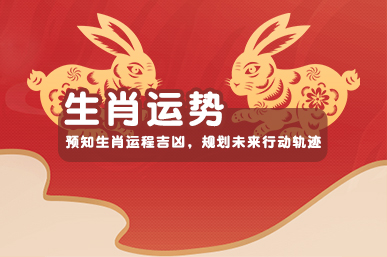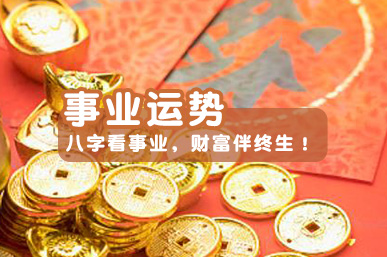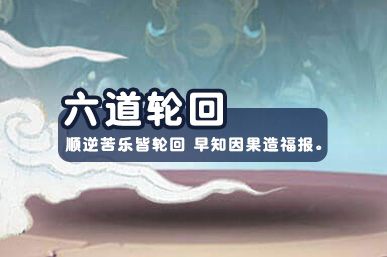八字精批2025运势命中贵人八字合婚
The
Traditional
Robe
of
Chinese
Culture Qiangua,
also
known
as
changpao,
is
a
traditional
Chinese
robe
with
a
rich
cultural
history.
It
originated
in
the
Han
Dynasty
and
was
mainly
worn
by
the
nobility
as
a
symbol
of
status
and
wealth.
The
name
"q《分析更多 宝宝免费起名文章请关注 :若雪取名网,Www.iRuoxUe.cOM』iangua"
literally
means
"thousand-layer
garment,"
as
the
robe
is
made
up
of
several
layers
of
silk
or
other
luxurious
fabrics.
Today,
qiangua
is
still
worn
in
various
formal
occasions
such
as
weddings,
traditional
festivals,
and
operas.
The
design
and
colors
of
qiangua
vary
depending
on
the
occasion
and
the
wearer's
status.
For
example,
red
qiangua
is
often
worn
by
the
bride
and
groom
at
a
traditional
Chinese
wedding,
while
imperial
yellow
qiangua
is
reserved
for
the
emperor
and
his
family. Besides
its
aesthetic
value,
qiangua
also
holds
symbolic
significance
in
Chinese
culture.
The
dragon
and
phoenix,
which
are
often
embroidered
onto
the
robe,
represent
the
emperor
and
empress
respectively.
Other
motifs
such
as
peonies
and
cranes
symbolize
nobility
and
longevity.
Despite
its
historical
significance,
qiangua
is
facing
challenges
in
modern
society.
Fewer
people
are
interested
in
wearing
it,
and
many
traditional
craftspeople
who
specialize
in
making
qiangua
are
struggling
to
make
a
living.
In
order
to
preserve
this
important
part
of
Chinese
culture,
efforts
are
being
made
to
promote
the
wearing
of
qiangua
and
to
provide
support
for
the
artisans
who
make
it. In
conclusion,
qiangua
is
not
just
a
piece
of
clothing,
but
a
symbol
of
Chinese
tradition
and
culture.
It
has
survived
for
centuries
and
remains
an
important
part
of
Chinese
heritage.
We
should
embrace
the
beauty
and
meaning
behind
qiangua
and
work
to
ensure
that
it
continues
to
be
valued
and
preserved
for
generations
to
come.









